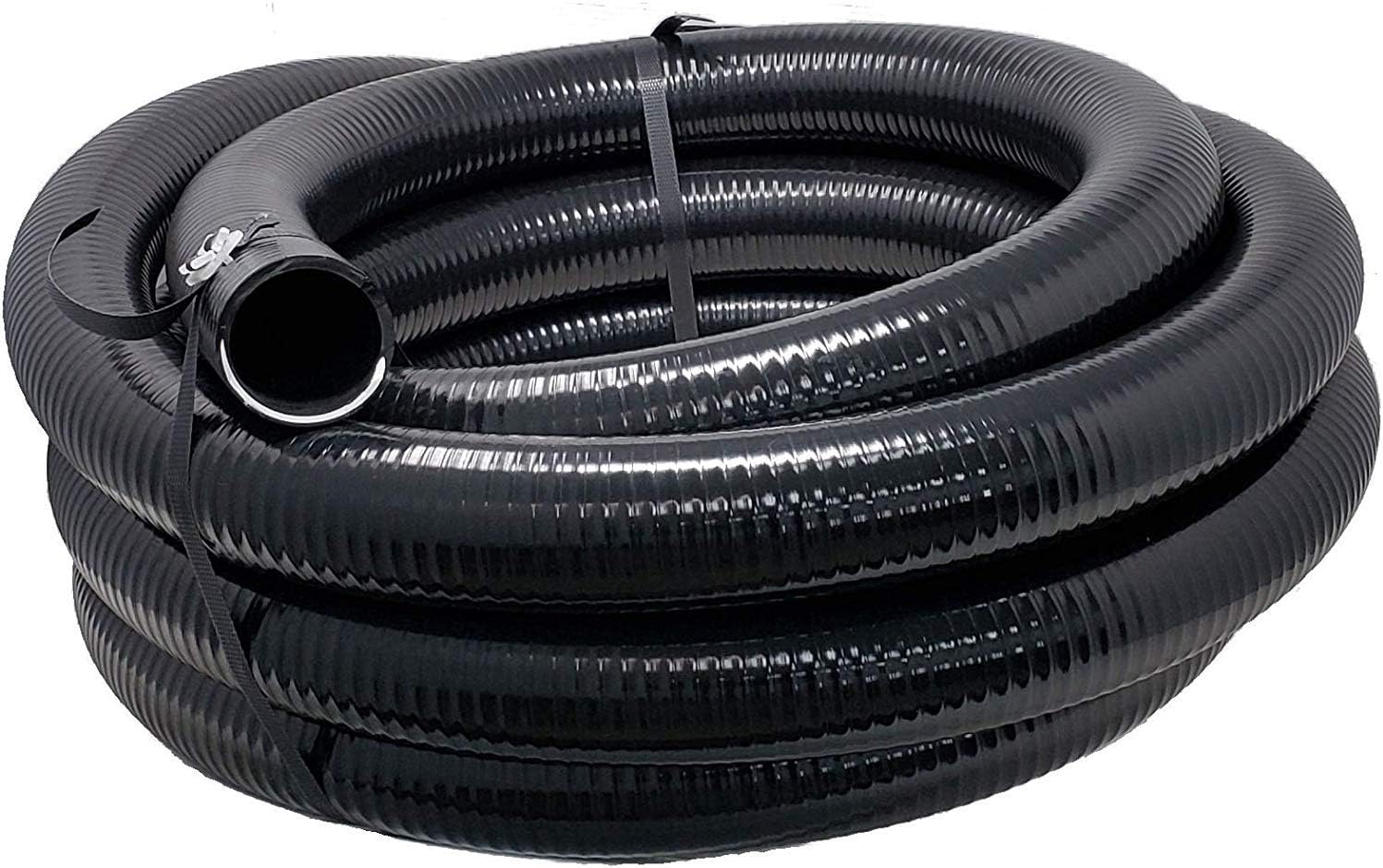PVC garden hoses are a staple in many gardens, known for their affordability and versatility. However, like all garden tools, they need proper care to function optimally and last for years. By taking proactive steps, you can keep your PVC hose free from common issues like leaks, kinks, and blockages, ensuring it’s always ready for action. Here’s an in-depth look at how to keep your PVC Garden Hose in top shape all year round.
Why Garden Hoses Develop Leaks
Garden hoses, including PVC hoses, are often exposed to harsh conditions: from intense sunlight and freezing temperatures to the constant bending and twisting during use. These factors can cause wear on the material, resulting in weak spots, small cracks, and eventually leaks. Proper maintenance and a few preventative strategies can help keep these issues at bay.
1. Choose the Right Hose for Your Needs
Why it Matters: Not all hoses are created equal. PVC garden hoses are lightweight and affordable, making them ideal for most general gardening tasks. However, if you need a hose for heavy-duty tasks or extreme weather conditions, consider alternatives or reinforced PVC hoses that are designed to handle more stress.
Tips: If you have a high-pressure water system or frequently need to drag the hose across rough terrain, a reinforced PVC or hybrid rubber hose may be a better choice. This initial decision can prevent wear and leaks down the line.
2. Store the Hose Properly After Each Use
Why it Matters: Improper storage can cause kinks, which weaken the hose structure and lead to leaks. Leaving the hose in direct sunlight or on rough surfaces also contributes to its wear over time.
Tips: Always coil the hose loosely after each use, avoiding tight loops that strain the material. Invest in a hose reel or hanger to keep it elevated, organized, and protected. If possible, store it in a shaded area or covered reel to protect it from UV rays, which can weaken the PVC over time.
3. Drain Your Hose Regularly
Why it Matters: Residual water left in the hose can lead to mildew buildup in warm weather or cause freezing in colder temperatures, which can crack the hose material and lead to leaks.
Tips: After each use, stretch the hose out and allow all water to drain before coiling it. During winter, take the extra step to disconnect and store it indoors, ensuring it remains dry and safe from freezing temperatures.
4. Avoid Excessive Kinking and Twisting
Why it Matters: Kinks and twists put stress on specific points of the hose, weakening it over time. These stressed areas are often the first to develop cracks or leaks, reducing the hose’s durability.
Tips: When using your hose, unwind it fully to avoid twisting. Lay it out straight rather than pulling or dragging it from one end. For additional ease, consider a kink-resistant model or attach a swivel connector that helps prevent the hose from twisting as you move around the garden.
5. Protect Your Hose from Abrasive Surfaces
Why it Matters: Dragging a PVC hose over rough surfaces like gravel, concrete, or sharp edges can wear down the outer layer, leading to abrasions and eventual leaks.
Tips: Avoid dragging the hose across abrasive surfaces whenever possible. If you must, lift and move the hose to avoid contact with sharp edges. Alternatively, use a protective sleeve or invest in hose guides, which help direct the hose and prevent friction.
6. Invest in Quality Fittings and Accessories
Why it Matters: Cheap fittings are often less durable and may not seal properly, leading to water leakage at connection points. High-quality fittings, on the other hand, ensure a snug fit and reduce the likelihood of leaks.
Tips: Use brass or heavy-duty plastic fittings that are compatible with your PVC hose. Brass fittings are typically more durable and provide a better seal than plastic ones. Replace worn washers to ensure a tight, leak-free connection, especially around the nozzle and faucet ends.
7. Conduct Regular Inspections and Repairs
Why it Matters: Catching minor issues early can prevent them from turning into larger problems. Regularly inspecting your hose helps you identify potential weak spots before they result in a full-blown leak.
Tips: Every few weeks, run your hand along the length of the hose to feel for soft spots, cracks, or small punctures. For any minor leaks, apply waterproof tape or use a hose repair kit to patch up the damaged section. Larger leaks or cracks may require cutting out the damaged section and rejoining the hose with a coupler.
8. Use the Right Nozzle for the Job
Why it Matters: A well-fitting nozzle can help maintain consistent water pressure and reduce strain on the hose. However, the wrong nozzle or one that doesn’t fit properly can lead to leaks and additional pressure on the hose ends.
Tips: Invest in a quality, adjustable nozzle that fits securely onto your hose. Avoid nozzles that are too tight or heavy, as these can place strain on the hose end, leading to wear. Quick-connect systems can make switching between nozzles easier, reducing stress on the fittings.
9. Flush Out Sediment and Debris
Why it Matters: Dirt, debris, and sediment can accumulate inside the hose, clogging it and potentially leading to bacterial growth. This buildup can also affect water flow and reduce pressure.
Tips: Every few weeks, flush the hose with clean water to clear out any buildup. If you notice a significant reduction in flow, fill the hose with a mild solution of vinegar and water, let it sit for a few minutes, then rinse thoroughly. For stubborn debris, use a narrow brush to scrub the inside gently.
10. Keep It Indoors During Extreme Weather
Why it Matters: PVC hoses can become brittle in freezing temperatures, and extreme heat can make the material pliable and prone to damage. Storing the hose indoors during extreme weather helps preserve its integrity.
Tips: As winter approaches, disconnect the hose from outdoor faucets, drain it thoroughly, and store it in a warm, dry place. In extremely hot climates, avoid leaving the hose in direct sunlight, as this can weaken the PVC material over time.
Final Thoughts: Maintaining Your PVC Garden Hose
By following these tips, you can keep your PVC garden hose in top condition and avoid common issues like leaks and wear. Investing a bit of time in regular maintenance can save you money in the long run, as a well-cared-for hose lasts significantly longer than one that’s neglected. Remember, a little preventive care goes a long way—ensuring your hose remains an efficient, leak-free tool for all your gardening needs.




